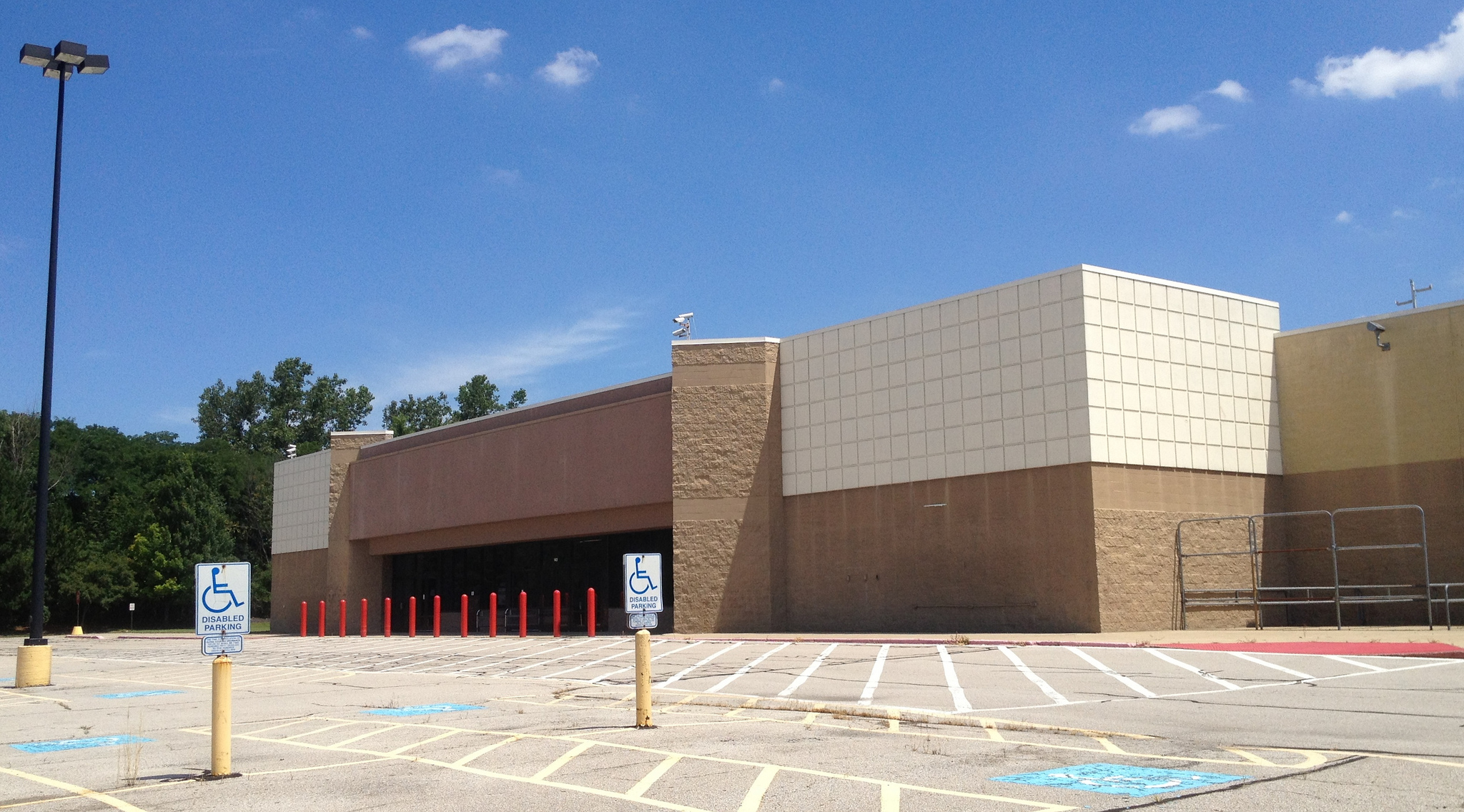This is a guest post from our friends at Bontact, who make a multichannel customer contact tool for ecommerce businesses
If you believe the tech press, conversational commerce is the future. Instead of the old Walmart model, where customers come on your site, wander around the aisles, pick what they want and then check out, the idea is that sales will happen through a conversation, whether with a bot, person, or a combination of the two. This is how it happens in boutique brick-and-mortar stores, and the main reason that these stores provide a better shopping experience than the Walmarts of the world. With the conversational commerce revolution, technology enables small and medium online businesses to compete successfully with the online Walmarts like Amazon by beating them on customer experience.
Weaker than a small business
“No way! Amazon has a lot more resources than we do! They have thousands of people working customer service!” Right. And that’s their weakness. For a large business, it is very difficult to have a good conversation with a customer, from the moment they enter the site to their purchase through the fulfillment process and all the way to post-delivery service, with proper responsiveness and a consistent voice. It’s difficult to make sure that at every point, the company is speaking to the customer through a representative who is informed about prior interactions, the customer’s needs and the order status, who has the power to solve the customer’s problems, and who takes responsibility for the outcome.
Check out this nightmare story about ordering a washer and running into fulfillment contact problems. A company big enough to make, deliver and install washers has thousands of staff, a worldwide production and distribution network, hundreds of millions of dollars in working capital, and yet can’t make the fulfillment customer contact experience work smoothly. Getting someone competent, informed and responsible on the phone or in a chat is impossible.
Personal fulfillment
This is because the bigger and more complex a business is, the harder it is to get a customer with a fulfillment issue to someone who is informed, competent to deal with their problem, and positioned to take responsibility for the outcome becomes. Until conversational commerce started booming, this was not an issue; you could just automate everything and let the customer figure it out; the cases where the customer really needed to speak with a human were exceptional.
But with conversation quickly becoming the standard for ecommerce, this is becoming less and less acceptable. Customers expect to talk to someone who knows what they want and can solve it. And this is exactly where having a business with 1-20 people is great. Everyone in a position to speak with customers knows what’s going on with an order, or can find out rapidly. Everyone can take responsibility for an outcome, or can get ahold of someone who will. If you have the right culture, workflow, and tools, providing a great customer fulfillment experience is much easier when you are small.
Culture
There is nothing more frustrating for an ecommerce customer with a problem than getting on the phone with someone, explaining the problem to them at length, getting the verbal equivalent of a confused shrug, and then being transferred to their supervisor, to have to explain the problem again. To keep this from happening, an ecommerce company has to have a culture of responsibility, delegation, and transparency:
Responsibility – Someone is personally responsible for the outcome of a customer interaction, whether it is with them or with their representative.
Delegation – The people talking to customers have the ability to make the necessary decisions to solve the customers’ problems or to make them satisfied with the interaction, meaning that they do not have to ask permission from higher-ups to do their job. The company’s representative must know that their boss will back him up for doing the right thing.
Transparency – Every interaction is visible and analyzed, and that constructive criticism and self-criticism are constantly used to improve the level of service. As an example, if your customer service is talking to a customer with an order which is lost or delayed, they must be able to take responsibility and give the customer a gift card or a refund on the spot, without worrying that they will be second-guessed by a supervisor.
Workflow
In a small or medium business, customer contact very quickly shows the typical fulfillment issues that customers have, the typical information required, and the people and systems in the company who have to make the necessary decisions. Building the right workflow means that a customer can get the answers and solutions they need quickly, because they are routed to the right person to solve their problem. Again, it’s a lot easier to rebuild a workflow in a small or medium business than it is in a giant company. Keep in mind that workflow optimization is an ongoing process – as you add new products and target new demographics, the issues customers have and the resources needed to resolve them will change. Small companies can get the edge on bigger competition by making workflow optimization easier.
Tools
This is something that we focus on at Bontact. In ecommerce, the right tools are everything. To provide great fulfillment customer service, you have to let your customers choose how they want to speak to you. Depending on the question or issue they have, their personal background, and their context, they might have very different channel preferences. For instance, older people might prefer to do everything by phone. Millennials might prefer chat. Customers prefer chat or SMS for minor issues, and email for more involved ones that require supporting documents. Phone is the go-to channel for getting an urgent problem addressed, and video calls are great for showing product defects or getting consulted on a visual question.
The customer has to have contact options which allow him to choose from and move between a variety of channels. At the same time, a business representative has to be able to see all of a customer’s contact history across all channels, so that he can be informed and not have to waste time asking redundant questions. Equally important is the integration of the contact tool with the customer relationship management and order tracking systems. The right tools and setup are absolutely essential for a business competing in ecommerce.
Surfing the Wave
A big change is coming
With the tech scene and the economy changing so quickly, small and medium businesses are naturally poised to be the big winners. Providing a better customer contact and fulfillment experience in the age of conversational commerce is a major advantage and opportunity to set a higher price point as well as securing customer loyalty. With the right culture, workflow and tools, agile SMBs can come out on top over the ecommerce dinosaurs.
Images: Mike Kalasnik, timquijano, Petra Bensted





